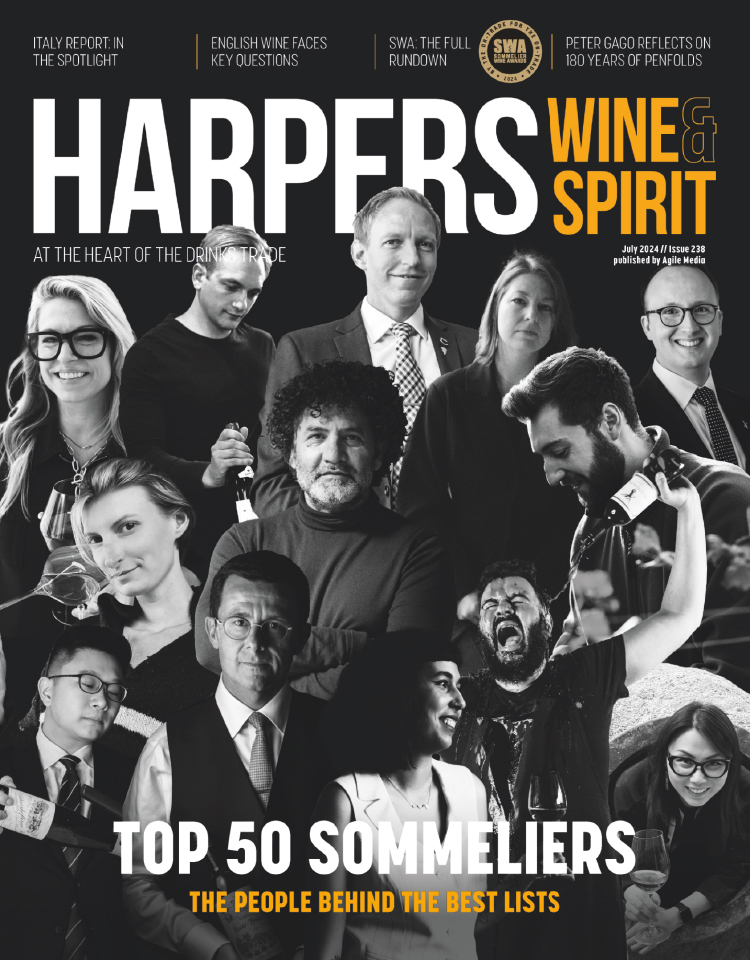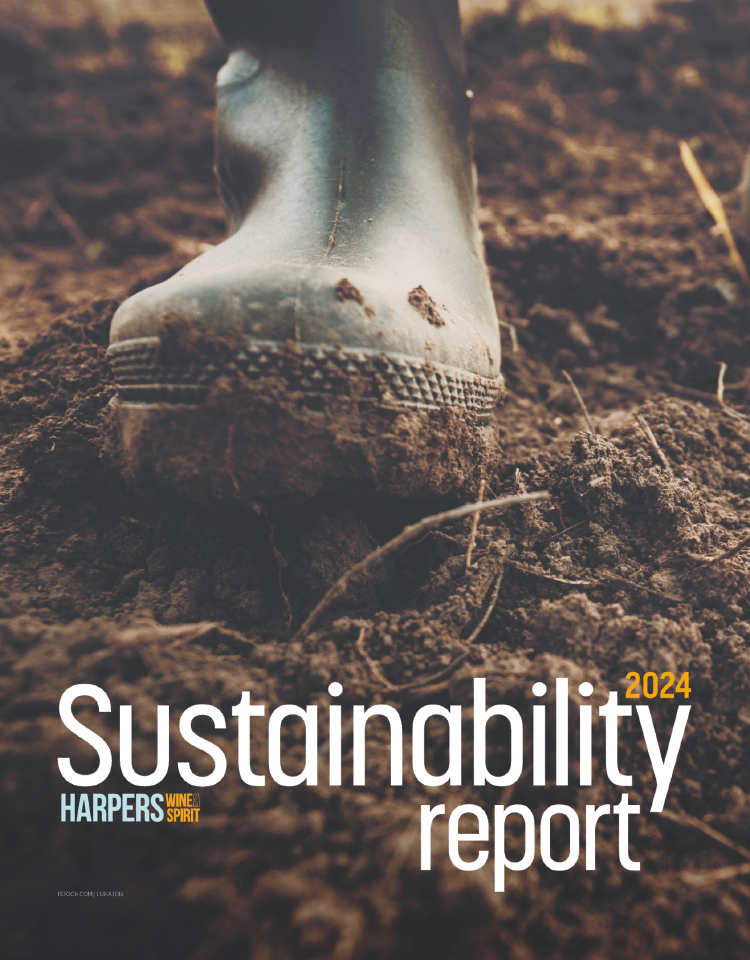
Long Read: Obsessed with grapes – why wine needs to expand its brand horizons
Neil Bennett is head of strategy at creative agency LOVE, which has recently worked with brands including Laithwaites, Penfolds and Brewdog Distilling.
Here, he explains why wine should get out of the vineyard more, and how – when it comes to branding – it has much to learn from its category cousins.
The past 12 months have changed the wine sector significantly, perhaps permanently. Wine is on the rise with the younger consumer and people have become markedly more comfortable buying wine online over the past year.
But while wine might be attracting new fans and thriving in new retail channels, the category is still largely rooted in tradition, obsessed with grapes, terroir and tasting, making it intimidating and inaccessible to many.
So, before we start raising a glass to these impressive figures and predictions, it’s worth asking, is the world of wine really fulfilling its potential? Could vineyards be investing more in their brand credentials? Could winemakers be better connecting with consumers through storytelling? Looking sideways into other categories and culture might reveal how wine can shake these traditional codes.
New cultural narratives
Whilst not disregarding the quality and credentials of a good Merlot, and the skills of a seasoned wine-maker, the wine business needs to get out more. Rather than focusing too much on what goes into every bottle, it’s time to realise that wine has a bigger cultural role to play.
Naturally, the go-to area of culture is food, but wine has the potential to deeply connect with others, too.
Take literature. Who has ever been to a book club when wine has not been on the agenda? Just ask Game of Thrones author George R. R. Martin – not only does he have cult status, he’s also fond of a good glass of red. Similarly, art is the cultural equivalent of a cheese board – it goes beautifully with wine. What would gallery openings be without the free vino?
But what about gaming, sport, travel, film, technology? Don’t just tell people about your provenance or how you stack up against your competitors – demonstrate how you can authentically show up in their lives, in spaces and communities that are important to them.
Hype through collaboration
The world of hype, limited editions and collaborations can also play a powerful role in boosting a brand. There are examples in Champagne: Moët & Chandon with Off White designer Virgil Abloh or Veuve Clicquot’s Yayoi Kusama edition are prime ones. But in wine, status remains rooted in vintage, price and ‘the next good year’.
Some brands are dabbling with collaborations. Australian 19 Crimes’ team-up up with Snoop Dogg on its Cali Red is a good example. However, they often fall short. Yes, a famous face can sell wine. But such tie-ins could make so much more of an artist’s cultural currency.
Brands should be asking themselves, how they can offer something more collectible or premium? Could the Cali Red come with a special edition record, or a different experience that goes beyond communications and a badging exercise?
Distinctiveness through design
Another area in which wine brands should be challenging themselves further is visual design. Apart from a few outliers, the supermarket wine section is mainly a sea of sameness and tradition. At best, region, colour and variety semiotically drive the language of different bottles on offer. But compare it to spirits, for example, and it just looks a bit boring. Where is the fun? Where is the intrigue? Where is the originality, the bravery?
Any follower of Byron Sharp and How Brands Grow, will attest to the importance of distinctive brand assets, so it’s crucial brands stop mimicking the traditional codes and start designing packaging that captures people’s attention.
In the craft beer category brands do this well, playing with storytelling and impactful visuals. From the comic book designs of Bevertown Brewery to Cloud Water’s pared back dreamy landscapes, it is this boldness and distinctiveness that has boosted the category to new heights.
We applied this approach when BrewDog Distilling needed to rebrand its LoneWolf gin as its retail listings were waning. The distinctive redesign resulted in a pack that stood out, with a beautifully illustrated, snarling wolf. The result? The new pack outsold the original and saw gross sales increase by 970%.
Stand-out storytelling
It is an approach that can work just as well within wine, and could bring uniqueness and storytelling to the category, rather than having perpetual ‘Merlot-offs’.
Through our recent redesign of the Laithwaites brand, we discovered a story about a wine from Chile’s mystical Elqui Valley, from the winemakers Viña Falernia.
The wine is made using grapes grown at some of the highest vineyards in the world. So high in fact, it’s rumoured some enlightened locals put their llamas in sunglasses to protect their eyes from harsh UV rays.
‘Llamas wearing sunglasses’ was so much of a great story, we invented a new brand for Laithwaites called Grazing Sun – a homage to some of the coolest llamas on the planet.
Innovative wine brand Uovo (Italian for ‘egg’), meanwhile, became instantly recognisable through its clever design that uniquely referenced its revolutionary egg-shaped wine tanks. And German brand Herz über Kopf is referencing youth, freedom and a sense of fun in its intricate redesign, rather than focusing on wine variety and tasting notes.
In a world where there are numerous players – supermarkets, D2C retailers, established producers and independent wineries – there is so much scope to harness storytelling in this way, differentiate and drive recognisability.
While the traditions and fundamentals of wine can remain consistent, approaching its cultural connections from a different angle with a fresh approach to storytelling and design can become a combination that’s a powerful force. It offers the chance to recruit the next generation of wine drinkers and continue changing the category wholescale.
Keywords:
- wine
- new
- category
- brand
- role
- bottle
- cultural
- potential
- play
- credentials
- cultural role
- business needs
- bigger cultural
- new cultural narratives
- seasoned wine maker
- bigger cultural role
- wine business needs






